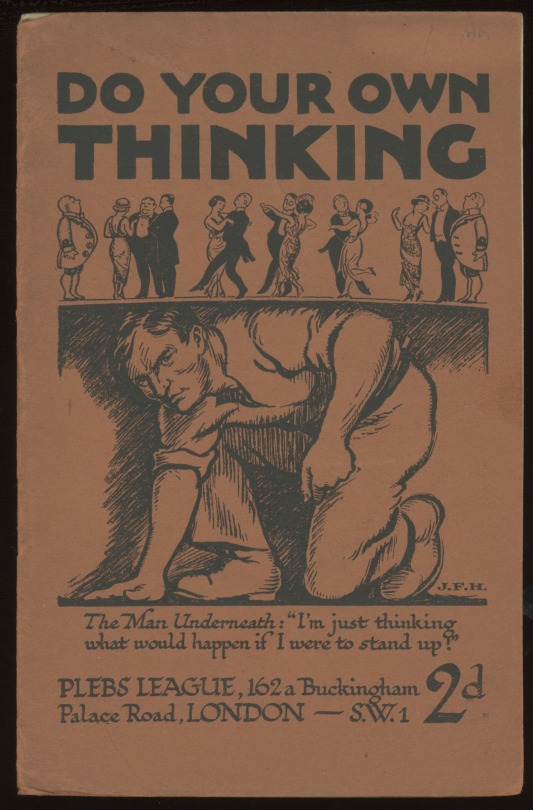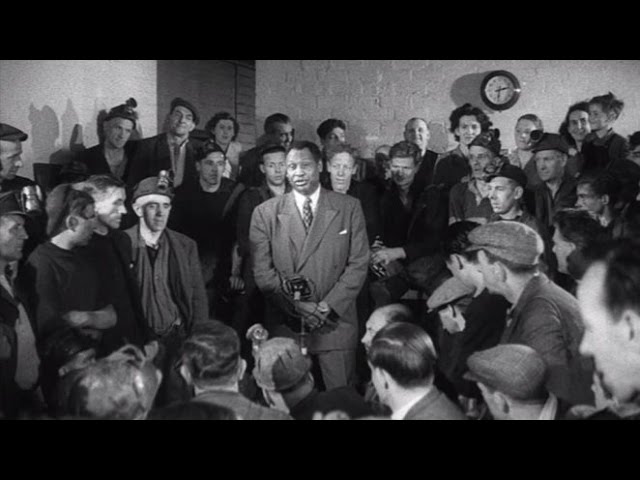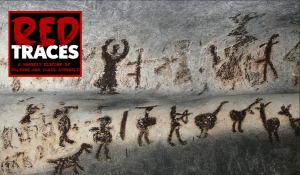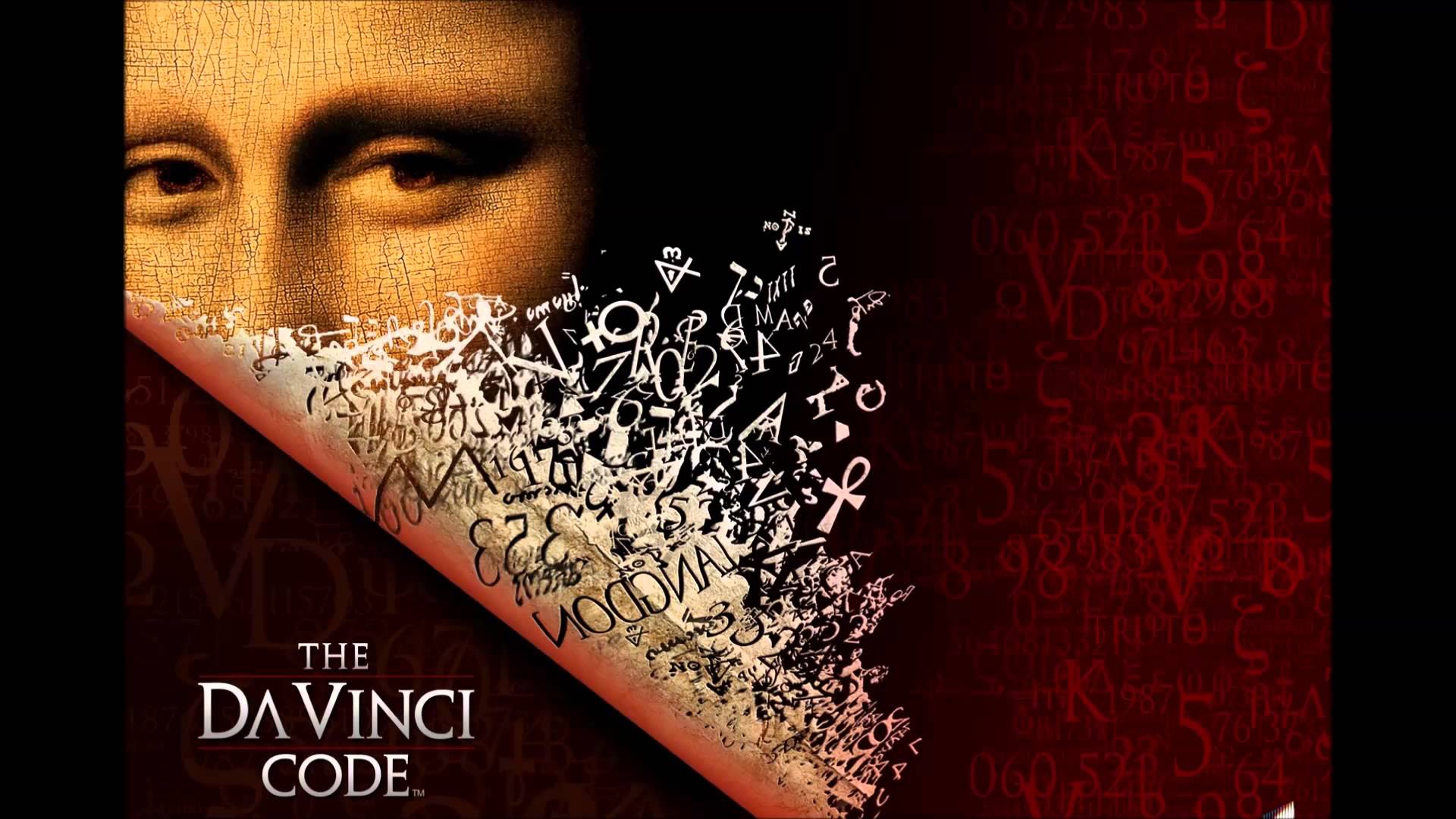Chris Guiton explains why it is essential that the labour movement uses a variety of political and cultural educational programmes to make the case for socialism
Antonio Gramsci’s profound insight that culture is a key site of political and social struggle remains as valid today as it was in the 1930s. Most of us on the Left understand that ruling-class ‘hegemony’ – the influence the capitalist class has over what counts as knowledge, beliefs and values in our society – is exercised through a range of civil society institutions, including the media, the arts, religion and education. And we recognise that while this power is not always visible, it is tremendously important in the manufacture of consent and conferral of legitimacy on capitalism and its current neoliberal manifestation.
So, it’s really encouraging to see senior figures in the labour and trade union movement talking about the need to reinvigorate political education. It has a crucial role to play in giving ordinary people the tools they need to analyse our current economic and political system and empower them to fight for a socialist alternative. But why is the cultural sphere so often neglected or sidelined in these discussions?

It might appear odd that this is even an issue. After all, the labour movement has a rich history of working-class self-education, delivered through trade unions, political parties, libraries, the Plebs League, the Workers’ Educational Association and other institutions, most of which engaged with culture in its various forms. But most of this activity started to decline in the 1980s as trade union education was depoliticised by its reliance on Government funding, adult and further education provision experienced a class-based assault on its very being given its association with working-class politics and emancipation, and the Labour Party neglected its roots and lost its political compass.
There is an urgent need to revive this tradition of working-class education, restore infrastructure and funding, and rediscover an understanding of its democratising potential. This is an essential step if we are to ensure that a campaigning Labour Party can both win and retain political power. It will help people challenge the neoliberal narrative that ‘there is no alternative’ to the capitalist status quo by fostering a counter-hegemonic understanding of how capitalism operates, why political struggle has always been required to secure democratic rights, and the challenges we face in confronting a system which is clearly rigged against ordinary people.
What is cultural education?
But why does cultural education matter? What is it exactly and how does it relate to political education?
The explosion of popular culture since Gramsci’s time of writing (the Prison Notebooks were written between 1929 and 1935) has reinforced the significance of his thinking. Corporate-driven popular culture – films, TV, music etc – produces bland, uniform cultural products that encourage passive, docile consumption of their anodyne pleasures; promotes an individualised, competitive view of life; and discourages independent, creative, critical thinking.
Historically, there has been a tendency on the Left to underestimate culture’s political importance. Its significance has either been downplayed, with culture seen as an act of often private and largely passive consumption, or it has been viewed in instrumental terms as a weapon in the political struggle for socialism. But a more constructive, utopian perspective also exists, based on the understanding that there is a dynamic relationship between the cultural struggle and the political struggle. As the great Russian filmmaker Sergei Eisenstein once said, “The revolution introduced me to art, and art, in its own turn, brought me to the revolution.” Socialism, then, can ultimately be viewed as a weapon in the fight for an enriched and democratic human culture.
Building on the work of Gramsci, the Marxist theorist and critic Raymond Williams was keen to promote the concept of a cultural revolution to accompany the economic and political revolutions. He understood this as a ‘long revolution’ leading to socialism through the extension and deepening of cultural and educational democratisation. He sought to articulate the ways in which we might give voice to our lived experiences, currently marginalised by a hegemonic, capitalist narrative. A fully developed campaign for cultural democracy plays a key role here, becoming a mechanism for resistance to and change of the dominant culture in all its manifestations.
Challenging the appropriation and commodification of cultural activities by the ruling class starts from this understanding. The arts can take us into imagined worlds and enable us to understand how others live. Listening to the music of John Coltrane, reading the novels of Angela Carter or looking at a painting by Cézanne can provide pleasure as well as help people deal with the alienation and oppression they encounter in their everyday lives. Culture can bring us together in shared, collaborative activities which are enjoyable in their own right.

It can also take on a more explicit counter-hegemonic character, encouraging us to think critically, ask challenging questions and participate in the wider world. Watching the film of Paul Robeson singing “I Dreamed I Saw Joe Hill Last Night” to a group of Scottish miners in an Edinburgh colliery canteen in 1949 brings into sharp relief the emancipatory potential of linking culture to politics. At its best, culture not only has the potential to entertain and enlighten us, but can act as a liberating force, providing a broader canvas on which to understand historic, social and political issues, assert our common humanity against the divisions of class, gender and race caused by capitalism, and inspire radical change in the real world.
Similar benefits flow from other cultural activities such as playing or participating in sport, working on an allotment and socialising in pubs, cafés and restaurants. As well as being satisfying in themselves, they can provide multiple opportunities for engagement with others, which reflect the fundamentally social nature of human beings, emotional growth, and the encouragement of a collective commitment to the common good. This is based on an understanding that culture comes in many shapes and forms.
However, it’s all too common for discussions on culture to become a vehicle for the delivery of elitist perspectives on the relative values of its different manifestations. The frequently expressed division between so-called ‘high culture’ and ‘popular culture’ conveniently ignores the barriers created by the Industrial Revolution to the production and enjoyment of culture by ordinary people.
It is clearly designed to exclude the working class from appreciation of a broad range of cultural pursuits, and disempower them by dismissing typical working-class cultural activities as having less intrinsic value than their upper-class counterparts. It is also an expression of snobbery, which says more about the person uttering it than the subject to hand. These are important points. Kurt Weill, the German composer and Bertolt Brecht collaborator, really nailed it with his comment, “I have never acknowledged the difference between serious music and light music. There is only good music and bad music.”
Let's return to Raymond Williams, who famously noted that ‘culture is ordinary’. His genius was to focus on the importance of people’s lived experience, as he explained, using ‘the word culture in two senses: to mean a whole way of life – the common meanings; [as well as] to mean the arts and learning – the special processes of discovery and creative effort.’ And to insist on the importance of both senses, in conjunction.
As the Left mobilises, and the struggle against neoliberalism intensifies, we’re presented with a fantastic opportunity to promote and reclaim working-class culture, rediscover the value of culture generally as a means of individual and collective empowerment, and learn how to use art and culture in the battle for hearts and minds that is crucial to effective political organising, campaigning and education. While class and capitalism shape our culture, the scope to develop an independent and potentially resistant working-class culture remains very much in front of us, as ordinary people continue to resist capitalist norms and create their own meanings.
The link between culture and education
How does the link between culture and education manifest itself? The Russian psychologist and teacher, Lev Vygotsky, was fascinated by the connection between them. As a Marxist, he believed that human concepts are rooted in social activity as humans are, fundamentally, social beings. A person’s understanding of the world is inextricably rooted in social relations, with individuals constructing meaning from their social experiences, and then acting upon them accordingly. Participation in cultural activity provides a means of knowledge construction, involving the shared transformation of meaning constructed with others, leading to further development and learning.

Paulo Freire by Luiz Carlos Cappellano
In a similar vein, the great Brazilian educator, Paulo Freire, developed an educational method and approach particularly suited to labour movement and trade union education, because of its informal and people-centred approach, its emphasis on dialogue and its concern for liberating the oppressed. Freire’s critical pedagogy is based upon the core concept of ‘praxis’, defined as the unification of reflection and action. The aim is to create a pedagogy that enables both teachers and students to critically reflect upon reality, take transformative action to change that reality and work to create a better world.
Crucially, it is a dialogue of equals, where informal education takes place on a dialogical (or conversational) basis rather than centred on a formal curriculum, located in the lived experience of participants if it is to have meaning for them and to help generate new ways of acting in the world. There is a clear focus on building a ‘pedagogy of the oppressed’, working with those who do not have a voice to develop an in-depth understanding of the world and the social and political contradictions that characterise capitalist society.
Inevitably, there are many people who find it difficult to make the connection between culture and politics. In the wake of Thatcherism, and the embrace of neoliberalism by the entire political establishment and much of the media, there are several generations of people who have grown up without the experience of political and cultural struggle.
This is often expressed as ‘what’s politics got to do with football’ or ‘I don’t understand modern art’. This means starting from an understanding of where people are and leading them towards a better grasp of how politics defines everything we do, including our access to, and participation in, art and culture, how much it costs and how it is organised. It means challenging the ‘pedagogy of repression’, where people are conditioned to think that they have no democratic rights, no agency and no power to fight for social change. Which, of course, explains why the Government fights so hard against anything resembling a critical pedagogy in our education system – because it emphasises critical reflection, bridging the gap between everyday life and learning, and underlining the link between power and knowledge.
Why we need a broad-based programme of political and cultural education
Clearly, the development and application of political and cultural education isn’t a simple hierarchical, top-down process. Ideas must come from below as well as above. If the Labour Party and other labour movement institutions are to engage with a broad cross-section of people and develop a genuine social movement, they need to recognise the power of grassroots activism and encourage debate, participation and collaborative working.
Trade unions, the Labour Party and other labour movement organisations such as Momentum, need to develop comprehensive programmes of political and cultural education which are accessible, flexible and relevant. Online learning can play an important part in this. But nothing beats getting together in a shared environment to develop an understanding of the politics of resistance.
So, the fact that the annual The World Transformed festival, which runs alongside Labour Party Conference, is being replicated in a series of events around the country is welcome. There is a marvellous opportunity here to reach out beyond traditional forms of political engagement and initiate a dialogue with people about what we want from society, the contribution that culture can make to the development of a better world, and how we radicalise everyday life and develop effective political strategies that deliver systemic change and fundamental shifts in power.
What might a typical programme of cultural education, nested in a larger political education framework, actually look like? There’s no uniform template for such a programme. But, building on existing good practice, it might include consideration of topics such as:
- How radical poetry, theatre, music and other forms of culture can help us understand issues around exclusion, poverty and inequality, give voice to the voiceless, promote community engagement and develop deeper levels of political consciousness.
- How art and culture can be used to understand and challenge existing power structures and create the space for radical change.
- How we balance what Marx called ‘necessary labour time’ with the free time to enjoy social and cultural activities that bring us together and allow us to develop our individual creativity.
- How pubs, clubs, cafes, community centres, theatres and other venues play an important social role, acting as the ‘glue’ that holds communities together, contributing to people’s happiness and wellbeing, and to social cohesion.
- How the commodification of sports such as football, which provide entertainment and emotional engagement for millions of people, is a classic example of the way neoliberalism erodes not just the social origins of the game, but potentially destroys it by subjecting everything to the search for corporate profit.
- How to develop local campaigns which bring politics and culture together and which rediscover, protect and develop working-class culture.
- How to challenge the negative role that the mass media (TV, radio, social media etc) plays in modern culture, bombarding us with a range of messages which promote competitive individualism, mindless consumerism and passive consumption of a culture designed to discourage dissent.
- How the systematic distortion of the news displayed by our largely right-wing newspapers and other media helps ‘manufacture consent’ for a reactionary political agenda.
More broadly, we need to think about ways of facilitating and encouraging a broad range of grassroots cultural formations and activities, which have the potential to link to political activism. The explosive anti-establishment energy unleashed by punk in the late 1970s was the DIY cultural ethic at its best. More recently, grassroots football fan clubs have made heroic efforts to challenge corporate control of the bigger football clubs and then gone on to build interest in more explicitly political campaigns against, for example, racism, sexism or homophobia.
There are multiple examples up and down the country of organisations delivering events which make the link between politics and culture explicit, in social clubs, festivals and political meetings. The challenge is to broaden and deepen this activity and develop approaches that liberate us from traditional, bureaucratic forms of political engagement, deploy innovative organising techniques appropriate to a 21st century environment, and which embrace a collectivist ethic whilst encouraging a diversity of approaches.
There are also many examples of organisations working effectively at various forms of cultural activity which don’t have an explicitly political flavour – whether learning to play a musical instrument, paint, write poetry, cook, play football or make films – for enjoyment, education or the value generated by doing things in a social environment. These activities are also clearly valuable. By providing platforms for people to share their work and ideas, and by encouraging people to do things socially and collaboratively, they build confidence, promote learning and open the doors to deeper levels of cultural and political engagement.
By establishing learning spaces that are outward-looking, creative and empowering, art and culture can do things that political information by itself can’t. It can help build the social movement vital to the success of socialism.
The challenge is how to build on these foundations in a way which promotes the potential for all types of art and culture to provide opportunities for the articulation of alternatives to dominant views of society, which breaks down the barriers between ‘consumers’ and ‘producers’ of culture, and which underpins the development of a politics of radical social and political change. Whatever solutions emerge, the process must facilitate and encourage the formation of new collaborative networks at local, regional and national levels which are democratic, participative and empowering. And which help develop a self-sustaining ecosystem of socialist and progressive groups working towards the common goal of a fairer society.
To return to someone we started with, Gramsci famously said, ‘The crisis consists precisely in the fact that the old is dying and the new cannot be born; in this interregnum a great variety of morbid symptoms appear.’
We are living in very dangerous times as the crisis of capitalism deepens, reactionary forces in society resort to increasingly desperate measures to cling onto power, right-wing extremism is on the rise and the smear campaign against Jeremy Corbyn and the Labour Party plumbs new depths. We are at a critical juncture in the struggle and the battle of ideas will only intensify. Poets, musicians, artists and others can shed light on the problems faced by society, offer profound new visions of a better world and act as harbingers of change. It is therefore essential that the labour movement seizes the opportunity to use a variety of political and cultural educational programmes to make the case for socialism.













